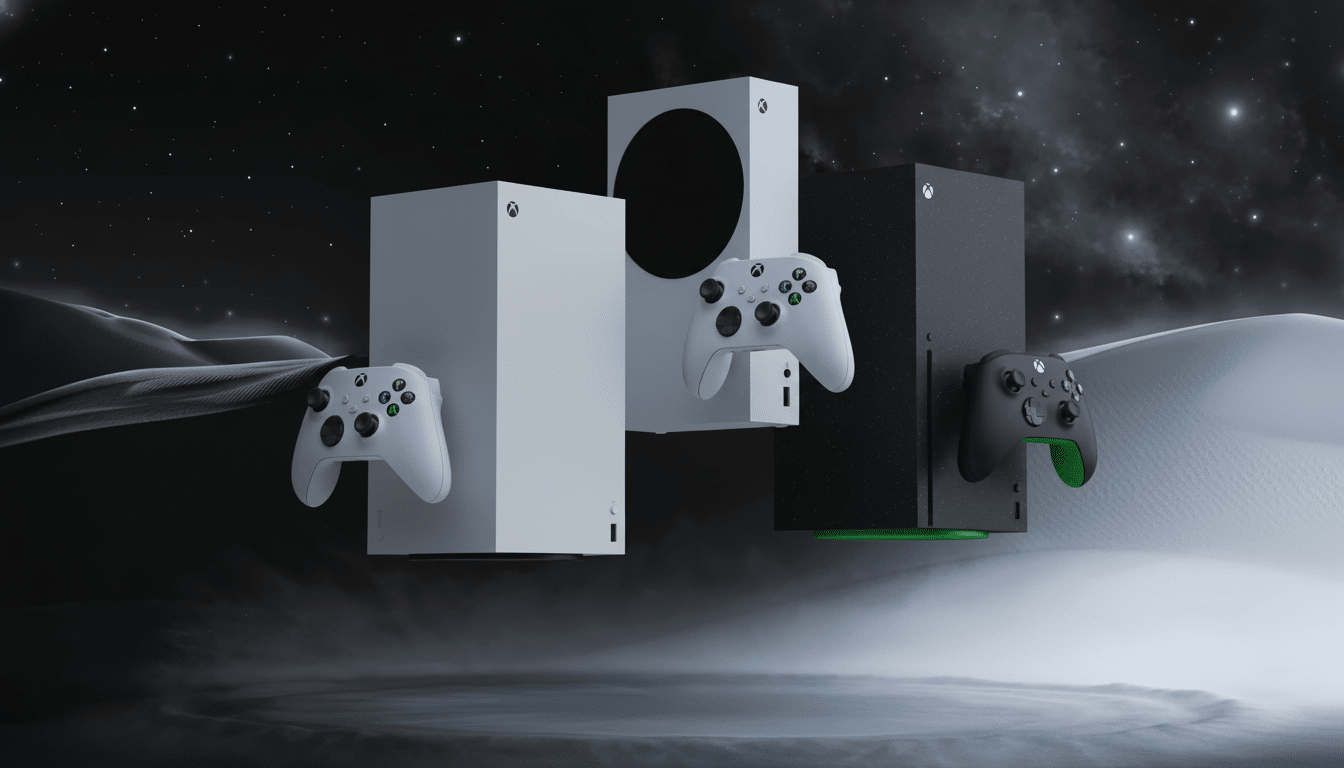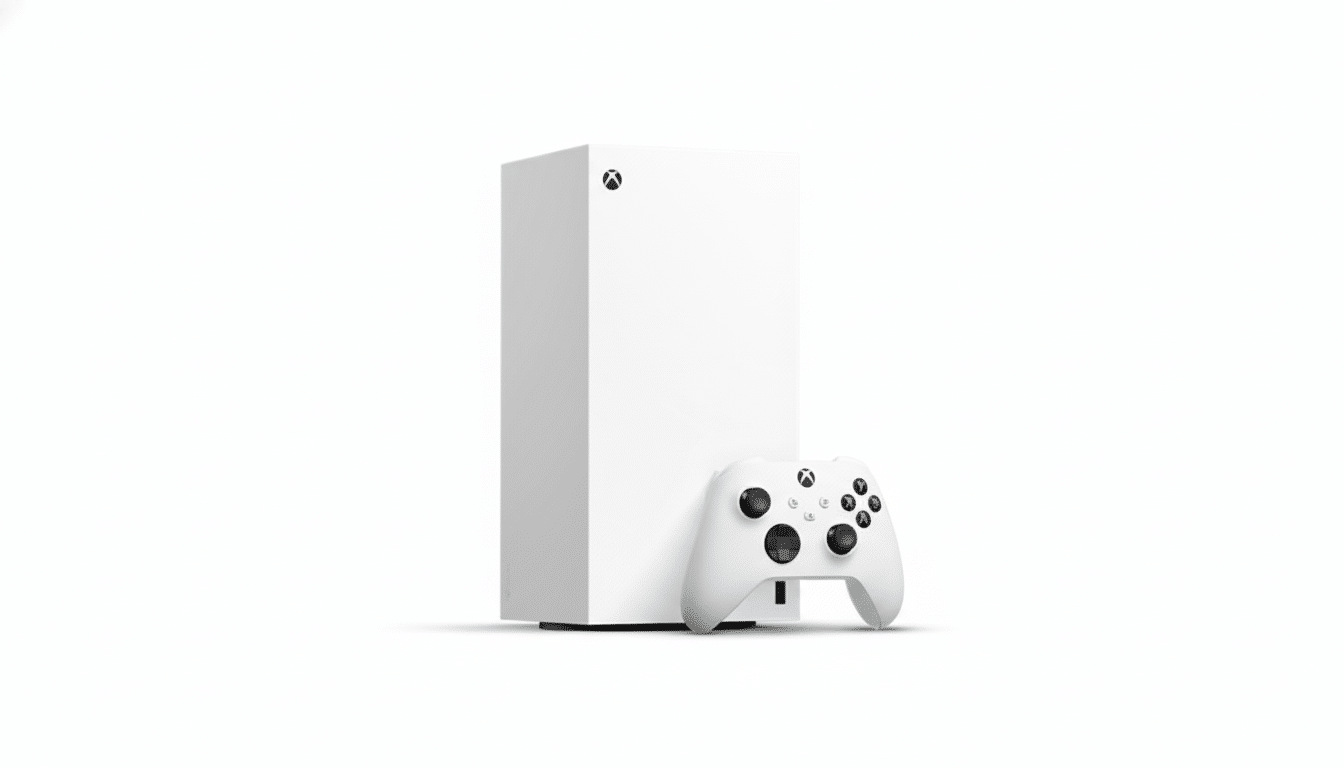Xbox is raising the bar for its next console, with president Sarah Bond confirming that the system will be built as a premium, high-end experience. The implication is obvious: this isn’t going to be a budget box or mid-cycle upgrade, but the flagship that will embody Microsoft’s boldest ideas about hardware and what kind of an experience you can get out of it and how open it can be.
What a High-End Xbox Probably Means for Players
“Premium” in console vernacular usually means the best components, whisper-quiet thermals and a well-vetted set of features. For context, the Xbox Series X released with a 12-teraflop GPU, fast NVMe storage and a tilt toward 4K play. The “frame” that Bond set, in other words, is that the next device will push far beyond that baseline not just in raw performance but for how the whole experience will feel—boot-to-game speed, latency, upscaling quality and system-level polish.
- What a High-End Xbox Probably Means for Players
- Openness Over Old-School Exclusivity in Xbox Strategy
- What I Want but Probably Won’t Get from Next-Gen Xbox
- Pricing and Market Reality for a Premium Xbox Console
- Game Pass And Cloud As Force Multipliers
- Timeline and Looking Ahead for the Next Xbox Generation

Earlier this year in an official Xbox business update, Bond teased that the team is reaching for their biggest technical leap the brand has seen from one generation to the next. That’s in line with industry expectations for next-gen designs powered by custom AMD silicon, higher-bandwidth memory, as well as AI-assisted upscalers through DirectML and improvements around DirectStorage to slash load times even more. Microsoft hasn’t revealed specs, but those are the vectors experts at outlets like Digital Foundry tend to track to determine a “premium” generational jump.
Openness Over Old-School Exclusivity in Xbox Strategy
Bond also highlighted a change in strategy: Xbox wants games and communities to move wherever they go, regardless of device or storefront. The company has long been working to normalize cross-save, cross-play and cloud access via Xbox Game Pass and Xbox Cloud Gaming; it has become increasingly platform-agnostic with certain releases. Microsoft in 2024, for example, sent games like Pentiment and Sea of Thieves to rival consoles — an unmistakable signal that software reach has become as important as box sales.
That philosophy redefines what premium means. Rather than tie the worth of a new console to a few launch exclusives, Xbox is gambling on a deluxe hub that plays best there but doesn’t wall players off. If that device also supports multiple storefronts, or broader Windows compatibility — an idea Bond herself has hinted at in spirit — it’d be consistent with the way music and video work on any platform: lowering friction while still rewarding you for committing to dedicated hardware.
What I Want but Probably Won’t Get from Next-Gen Xbox
In the end, what really matters when it comes to consoles is the consistency: performance at 4K resolution that works well, high frame-rate modes (on TVs as well) and smart upscaling and outputs like variable refresh rate and low-latency pipelines.
Anticipation: Microsoft will further ramp up the machine learning for image reconstruction, path-tracing options where possible, and faster SSD pipelines that make “resume and play” feel like turning on a light switch. A more thermally efficient design, with a halfway marriage between sound and gaming ergonomics, as well as improved haptics that are at the level or better than the current best in the market.
Portable play plays into the story as well. Windows-based handhelds like the ROG Ally and Legion Go have demonstrated that there’s a demand for PC-class gaming on the go, and Xbox has been part of what supports that ecosystem with services such as Game Pass and cloud streaming. Although Microsoft has not yet revealed its own handheld, Bond’s focus on “Xbox anywhere” lines up with a philosophy where the next-gen console is the performance anchor and handhelds and cloud are ways to stretch the experience.

Pricing and Market Reality for a Premium Xbox Console
Premium is frequently used to mean a price above mainstream levels. The Xbox Series X started at $499; the price for a true next-gen flagship would likely fall somewhere above that, depending on how much components and memory end up costing. Microsoft’s history suggests a multi-tier strategy will be in play. Microsoft has typically offered a high-end option, with more affordable or service-led entry points. Bond has consistently presented the aim as providing choice — console, PC, cloud and subscription rather than a single way forward.
That flexibility is pragmatic. PlayStation 5 has won monthly hardware unit sales for much of 2023 and 2024 so far, according to Circana’s U.S. market tracking, and Ampere Analysis analysts estimate Sony’s installed base is still comfortably ahead. To remain competitive, Xbox is relying on more than exclusives: cross-platform play, day-one releases in Game Pass and a growing cloud footprint that extends to smart TVs and mobile devices without the need for extra hardware.
Game Pass And Cloud As Force Multipliers
Game Pass remains the centerpiece. Microsoft has publicly said that the service boasts tens of millions of subscribers, and it also has made day-one access for first-party launches par for the course. Xbox Cloud Gaming, which is bundled in with the higher tiers, allows players to sample and keep playing games across devices; streaming is also built right into the consoles for fast trials. These services don’t replace hardware necessarily, but they do make it a little harder to resist the siren call of a premium console, when your whole library is in reach at all times.
The roadmap is also molded by regulatory milestones. And if the company pursues such a dramatic move, it would be an unusual one; Microsoft announced licensing of certain cloud streaming rights to Ubisoft in 2023 to complete its acquisition of Activision Blizzard, but this would nonetheless keep the company on an aggressive cloud course while it learns more about how content is distributed worldwide.
Timeline and Looking Ahead for the Next Xbox Generation
Microsoft is not yet giving dates, pricing, specs. Traditionally, console generations last six to eight years, and by the time Xbox Series X|S hit in 2020, a late-decade entry would be within industry norms. Look for indicators based around silicon flows from AMD, provision of developer kits, and first-party showcases emphasizing next-gen rendering and simulation features.
For now, read Bond's remarks as follows: the next Xbox is shaping up to be a premium, high-end platform; less locking you down, more giving you the best possible version of Xbox wherever you play it.

